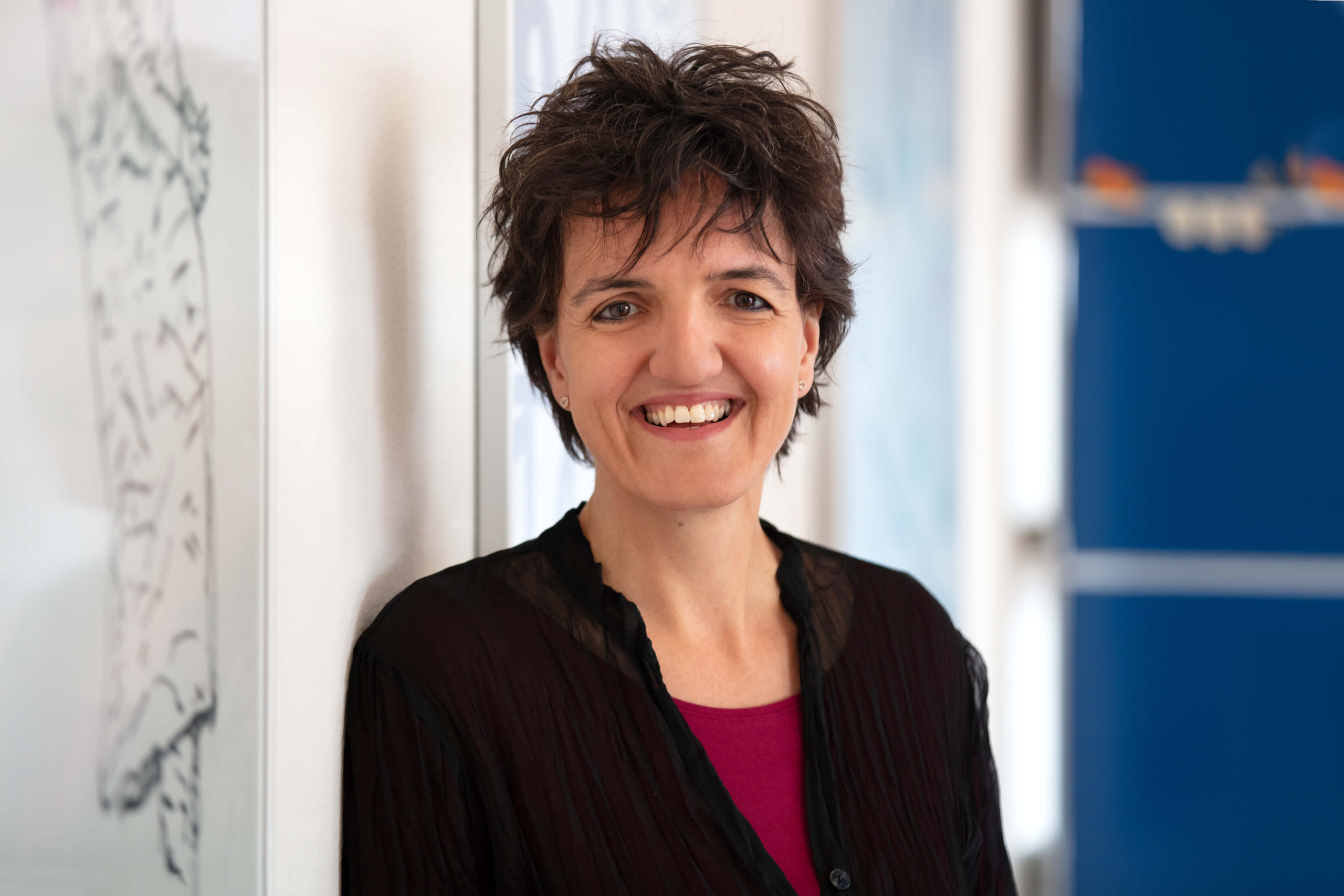Silvia Arber, PhD, is a Professor and Senior Group Leader at the Friedrich Miescher Institute for Biomedical Research (FMI) and the Biozentrum of the University of Basel in Switzerland. She graduated from the University of Basel and performed her postdoctoral work at Columbia University in New York, before returning to Basel in 2000 to establish her independent research group. Dr. Arber’s laboratory is interested in understanding the principles by which neuronal circuits orchestrate accurate and timely control of movement. Using multi-facetted approaches combining many technologies, they study nervous-system- wide neuronal circuits involved in motor control, including how brain circuits interact with executive spinal circuits to produce body movements. Recent work has focused on the motor brainstem to unravel the identity of circuits at the intersection between planning and execution. The work also aims to discover mechanisms involved in circuit plasticity during motor learning and in response to disease or injury.
Co-Investigator
Silvia Arber, PhD
University of Basel
Silvia Arber, PhD, is a Professor and Senior Group Leader at the Friedrich Miescher Institute for Biomedical Research (FMI) and the Biozentrum of the University of Basel in Switzerland. She graduated from the University of Basel and performed her postdoctoral work at Columbia University in New York, before returning to Basel in 2000 to establish her independent research group. Dr. Arber’s laboratory is interested in understanding the principles by which neuronal circuits orchestrate accurate and timely control of movement. Using multi-facetted approaches combining many technologies, they study nervous-system- wide neuronal circuits involved in motor control, including how brain circuits interact with executive spinal circuits to produce body movements. Recent work has focused on the motor brainstem to unravel the identity of circuits at the intersection between planning and execution. The work also aims to discover mechanisms involved in circuit plasticity during motor learning and in response to disease or injury.


